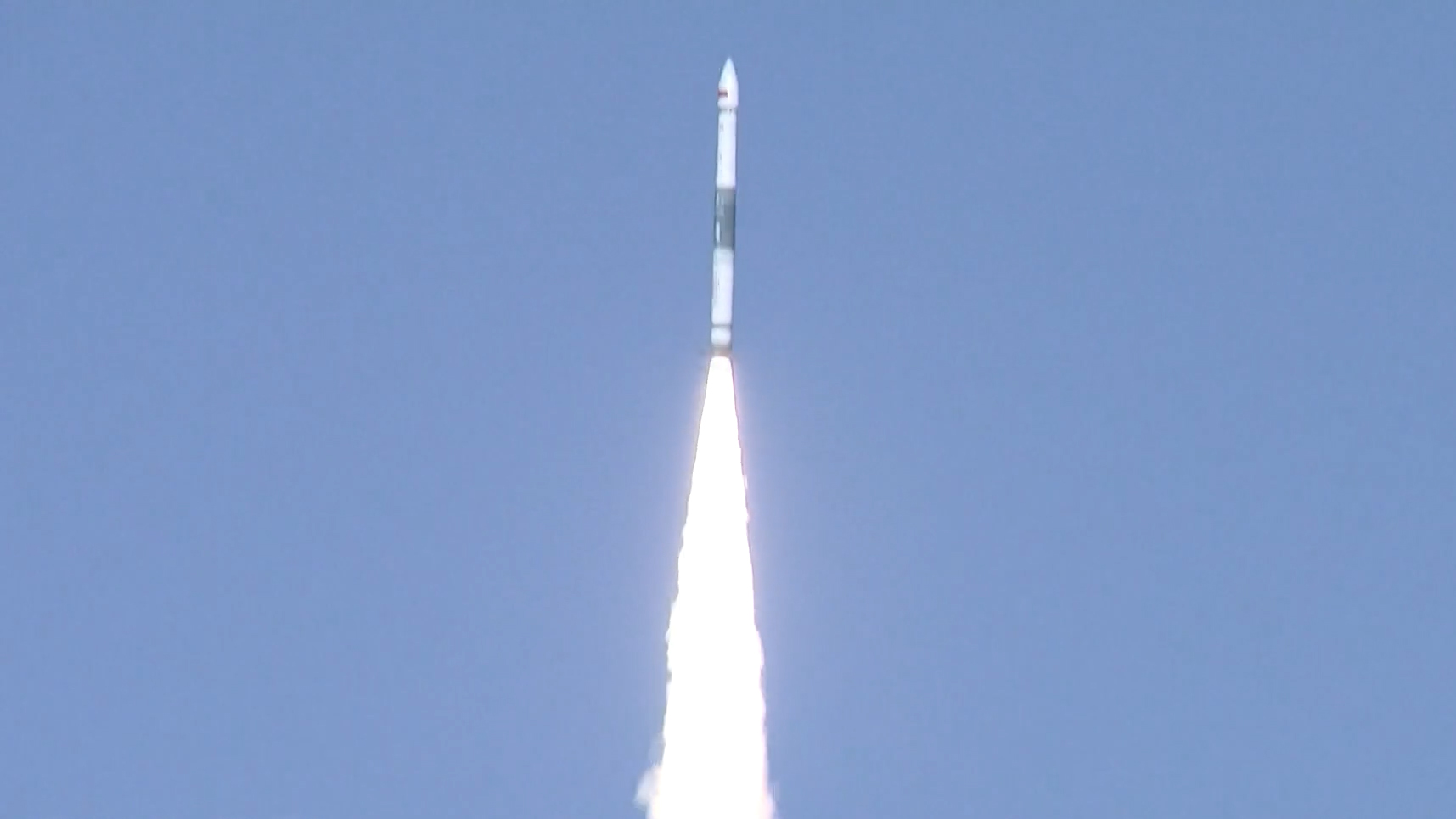'Flash in the night sky' turns out to be sign of lost Chinese satellite
China has confirmed the loss of its Shiyan-10 satellite, despite an otherwise successful liftoff on Monday (Sept. 27).
The Shiyan-10 satellite launched to space on a Long March 3B rocket, which lifted off from the Xichang Satellite Launch Center in southwest China around 4:20 a.m. EDT (0820 GMT; 4 p.m. local time) on Monday (Sept. 27).
The spacecraft was China's second orbital launch of the day, following the Jilin-1 Gaofen 02D satellite, which was carried by a Kuaizhou-1A rocket that lifted off from the Jiuquan Satellite Launch Center in northwest China at 2:19 a.m. EDT (0619 GMT; 2:19 p.m. local time). That spacecraft is reported to have entered orbit successfully.
Video: China launches Earth observation satellite in rocket's return to flight
Related: The latest news about China's space program
The Chinese state media released a statement on Tuesday (Sept. 28) confirming the Shiyan-10 satellite failure, claiming the spacecraft was not functioning as expected and had been lost after a normal flight the day before, SpaceNews reported.
Shortly after liftoff on Monday, "a flash in the night sky" was seen over New South Wales, Australia, and reported on Twitter. That flash was likely caused by a burn of the upper stage of the Long March 3B rocket, which, at the time, suggested the launch was on course, according to SpaceNews.
The name and purpose of Long March 3B's payload had not been confirmed prior to launch. However, data from the U.S. Space Force showed the payload was targeting a geosynchronous orbit around Earth. A few hours after launch, an object was cataloged, confirming that the Shiyan-10 satellite had successfully separated from the rocket's upper stage.
Get the world’s most fascinating discoveries delivered straight to your inbox.
While the Long March 3B launch vehicle was confirmed to have performed normally, the Shiyan-10 satellite experienced abnormal operating conditions during launch and was declared a failure on Tuesday (Sept. 28).
China's Kuaizhou-1A rocket also returned to action on Monday (Sept. 27), marking the rocket's first flight since it failed to deliver the Jilin-1 Gaofen 02C satellite into orbit in Sept. 2020. The rocket successfully delivered the Jilin-1 Gaofen 02D satellite to orbit, SpaceNews reported.
Jilin-1 Gaofen 02D is a high-resolution Earth observation satellite and part of China's planned Jilin-1 constellation of 138 high-performance optical remote sensing satellites.
The two launches on Monday were China's 35th and 36th orbital launches of 2021. The launches were carried out by the China Aerospace Science and Technology Corp. (CASC), which is targeting more than 40 missions this year.
Follow Samantha Mathewson @Sam_Ashley13. Follow us on Twitter @Spacedotcom and on Facebook.




